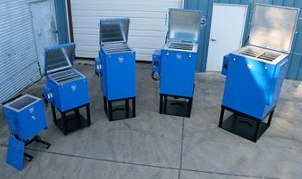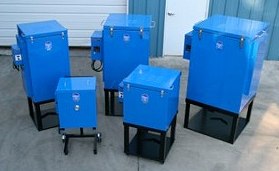- Welding Wire EL8
- Welding Wire EM12K
- Welding Wire EM13K
- Welding Wire EH14
- Welding wire EA2
- Welding Wire EA4
- Welding Wire H08Mn2SiA
- welding flux SJ101
- welding flux SJ101G
- welding flux SJ101Q
- welding flux SJ102
- welding flux SJ105
- welding flux SJ201
- welding flux SJ301
- welding flux SJ301A
- welding flux SJ303
- welding flux SJ401
- welding flux SJ501
- welding flux SJ601
- welding flux SJ601B
- welding flux SJ602
- welding flux SJ604
- welding flux SJ605
- welding flux SJ606
- welding flux SJ609
- welding flux SJ609S
- welding flux HJ107
- welding flux HJ131
- welding flux HJ230
- welding flux HJ250G
- welding flux HJ257
- welding flux HJ257Z
- welding flux HJ260
- welding flux HJ330
- welding flux HJ350
- welding flux HJ431
- welding flux MD-DZH F600
Add: Zhongling Village, Dayugou Town, Gongyi City, Henan Province, China.
Contact: Mr. Charlie
Tel: +86-371-69596866
Fax: +86-371-64054446
Mobile/Whatsapp/Wechat: +86 18530036598
Skype: charlie.hill700
Postcode: 451271
Email: charlie.ylflux@gmail.com


Most welding flux formulations consist of an oxide-based flux and additives bonded together by sodium silicate. Sodium silicate binders have two important disadvantages. They are very hygroscopic and they require moisture to keep them sound and free from cracks.
Hydrogen can be introduced into the weld arc atmosphere from a number of sources including oxides, wire contaminants and oil. The primary source is moisture in the flux and flux binder.
During welding, the heat evaporates and dissociates the water, evolving hydrogen gas which dissolves into the metal. Under stress, the dissolved hydrogen may produce cracks with the potential for catastrophic failure. In an effort to decrease the possibility of failure, sodium silicate welding fluxes are dried at 200-300° C. to decrease the water content less than 0.2%. The dried fluxes can then be used for only a limited time before the flux again absorbs moisture from the air and has to be redried.
Keenovens company provides drying ovens of different size. There are top-loading and front-loading choices for you. If our submerged arc welding flux get damp due to improper storage, please dry them at 300-350℃ for 2 hours.
http://www.keenovens.com/

